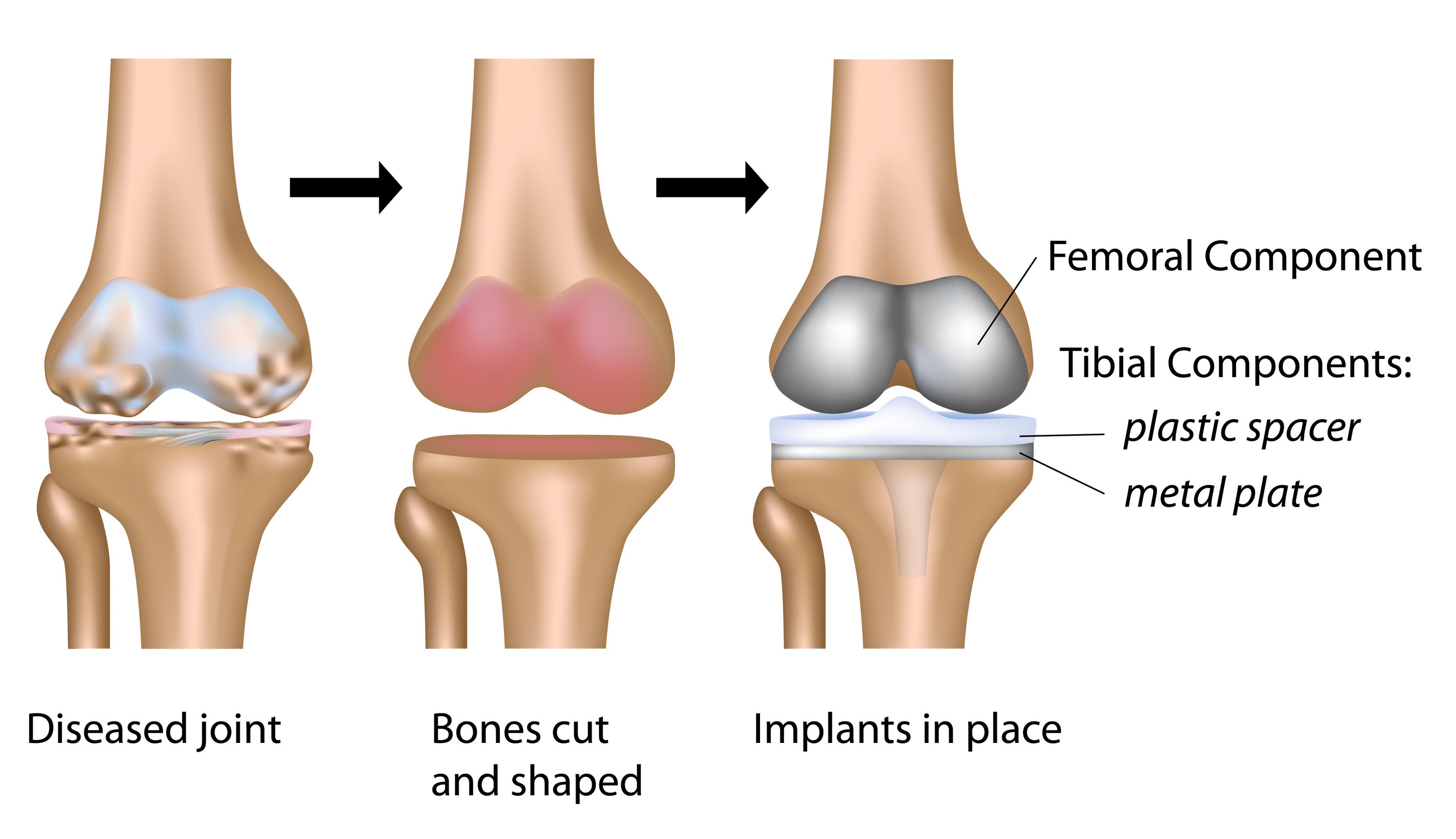"Expert NDIS physiotherapy, right at your doorstep."
Welcome to Physiotherapies!
Welcome to Physiotherapies!

Joint replacement surgery is a life-changing procedure for individuals with severe hip or knee damage. During the operation, damaged cartilage and bone are replaced with a man-made surface of metal and plastic. This surgery can relieve pain, improve joint function, and restore mobility.
Each year, over 80,000 Australians undergo total hip or knee replacement surgeries. While these procedures provide relief, they often lead to decreased activity levels compared to peers. Working with a physiotherapist can help joint replacement patients regain mobility, improve strength and balance, reduce the risk of falls, and achieve an enhanced quality of life.
By following Physio-4 Therapies for Joint Replacement, you can keep moving and make the most of your new joint for life.
Joint replacements come with specific precautions and movement restrictions. From day one, your physiotherapist will work with your surgeon’s instructions to guide your recovery, ensuring you maximize function while staying within safe movement parameters.
Post-surgery, aim to gradually reach 150 minutes of moderate aerobic activity per week, even in shorter sessions of 10 minutes. Recommended activities include:
Your physiotherapist will provide a personalized exercise plan to rebuild strength, flexibility, and balance for safely resuming daily and recreational activities.
High-impact and contact sports can strain your new joint and increase the risk of injury. Activities like jogging, basketball, soccer, hockey, and racquet sports are not recommended. Your physiotherapist will help identify the best exercises and activities to ensure long-term joint health while improving overall fitness.
Avoid the temptation to abandon walking aids too early. Limping or improper gait can place undue stress on your new joint and surrounding muscles or joints. Your physiotherapist will guide you in finding the right pace for increasing walking distances and safely reducing your reliance on walking aids.
Physiotherapists are university-trained health professionals who specialize in treating mobility issues and musculoskeletal injuries. Their expertise in post-surgical care ensures you recover faster, improve mobility, and reduce the risk of complications.
Physiotherapists can help with:
Stay Active with Physiotherapies
As Melbourne’s leading experts in physical well-being, Physiotherapies is dedicated to helping you recover, stay active, and keep moving for life. Let us guide you on your journey to optimal health and mobility.
